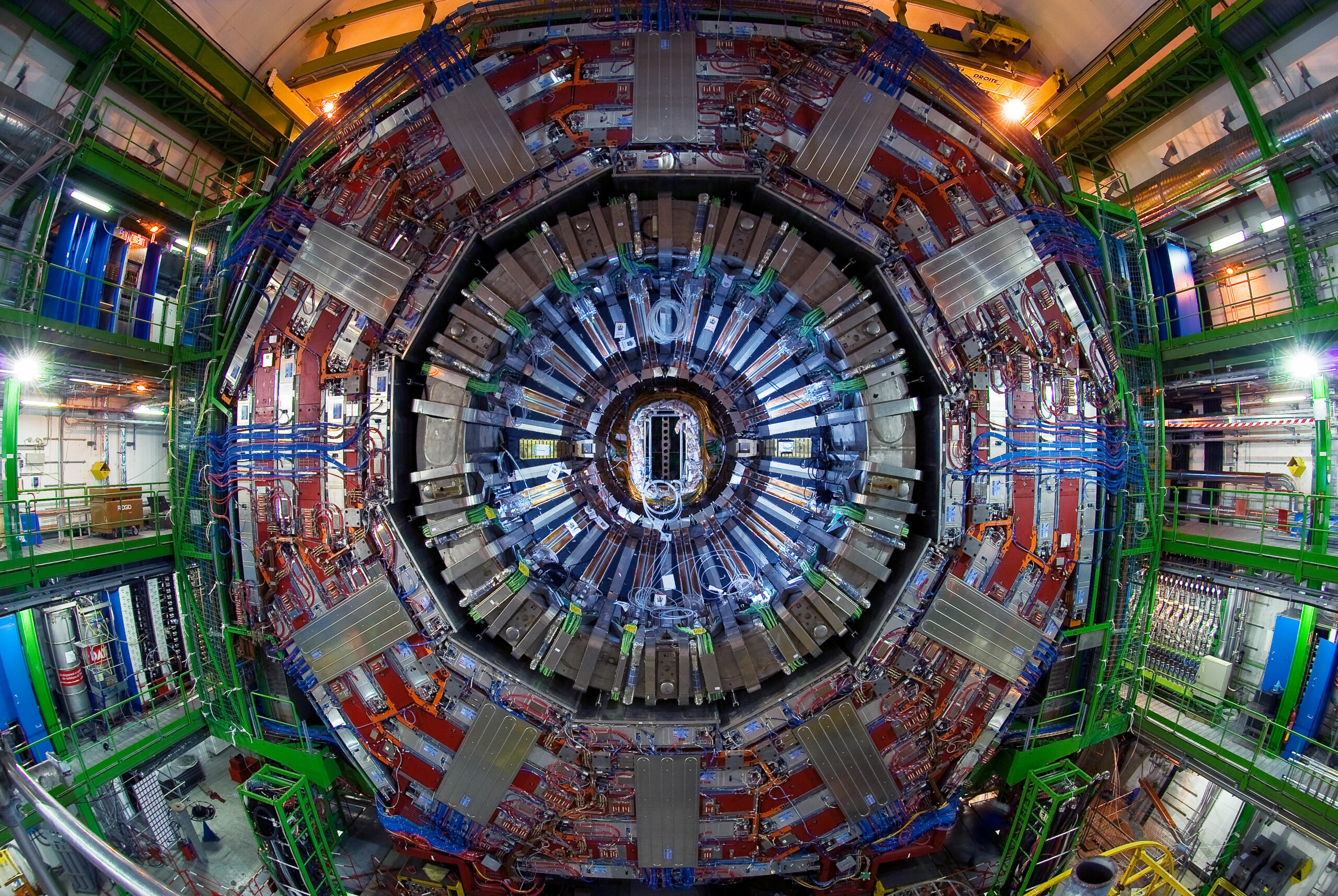The European Organization for Nuclear Research, widely known as CERN, stands at the forefront of particle physics research, driving scientific inquiry into the fundamental constituents of matter. Established in 1954, CERN has relentlessly pursued its mission: to uncover the mysteries of the universe through high-energy particle collisions. The Large Hadron Collider (LHC), CERN’s flagship instrument, has propelled the organization to unprecedented levels of exploration, demonstrating both the capabilities and challenges inherent in its ambitious objectives.
To assess whether CERN is accomplishing its mission, one must delve into the multifaceted nature of its pursuits. The organization has made monumental strides in our understanding of fundamental forces and particles, notably culminating in the discovery of the Higgs boson in 2012—a particle crucial to the Standard Model of particle physics. This groundbreaking achievement necessitated an extensive conglomeration of international expertise and resources, culminating in a collaborative effort of scientist, engineer, and technician alike. The discovery not only confirmed theoretical predictions but also invigorated the scientific community, presenting a newfound urgency to investigate further—to venture beyond the known.
However, arriving at such profound discoveries has not been devoid of challenges. The ambitious nature of CERN’s mission invites a plethora of questions regarding the intricacies of particle physics, the implications of findings, and the overarching commitment of resources. One must recognize that scientific inquiry is inherently iterative; the presence of ambiguity and uncertainty demands continual testing and reevaluation of existing theories. The dreams of harnessing hidden dimensions, elucidating dark matter, and understanding the dynamics of antimatter forge a burgeoning landscape filled with potential yet fraught with complexities.
CERN’s operational framework is underpinned by a cycle of experimentation and refinement. Through the utilization of the LHC, researchers experiment with protons and heavy ions, colliding them at energies previously deemed unattainable. The resultant data inundates computational infrastructures, necessitating extraordinary processing capabilities and innovative algorithmic approaches to discern patterns and unveil potential anomalies. The recent surge in particle collisions showcases CERN’s dedication to pushing the frontiers of particle physics in a quest for knowledge that extends beyond the apparent. The implications of increased collision data are two-fold; on one hand, they may lead to the verification of existing theories, while on the other, they could yield entirely novel discoveries that challenge the current paradigm.
Moreover, the question of whether CERN is fulfilling its mission can also be addressed through the lens of global collaboration and knowledge dissemination. The institute serves as a crucible of innovation, nurturing not only particle physicists but also data scientists, engineers, and educators. The interdisciplinary synergy nurtured within CERN’s walls amplifies research and opens avenues for technological advancements that can transcend the realm of physics. From advancements in medical imaging technology to novel computing frameworks influenced by the demands of high-energy physics, CERN’s influence burgeons well beyond fundamental science.
Furthermore, in a rapidly evolving scientific landscape where the public’s interest in science and technology fluctuates, CERN’s role as a science communicator becomes crucial. Through educational outreach initiatives and engagement with diverse audiences, CERN strives to enthrall the public, fostering a sense of curiosity and wonder about the universe’s intricacies. This endeavor serves not just to share knowledge but to inspire future generations of scientists and engineers, securing the legacy of scientific inquiry through the sustained involvement of young minds.
Yet, despite its formidable achievements, CERN grapples with existential questions about the limitations of its inquiry. As research progresses, gaps in our understanding of the cosmos appear increasingly apparent. The mysteries of dark matter and dark energy loom large—a testament to the complexities underlying the fabric of reality. Such enigmas provoke a paradigm shift, necessitating contemplation of novel theoretical frameworks that could address these elusive phenomena. It beckons a reassessment of what is deemed achievable, inviting researchers to challenge established preconceptions as they seek answers to questions that venture into the realm of the unknown.
Additionally, criticisms surrounding funding and the allocation of resources emerge amid discussions of CERN’s efficacy in achieving its mission. As nations grapple with competing demands for financial resources in areas such as healthcare and education, the justification for investing in particle physics continues to be scrutinized. The return on investment in fundamental research can be nebulous; thus, articulating its value in enhancing our collective understanding of the universe is’s imperative. The challenge lies not only in scientific achievement but also in the communication of its significance to a wider audience—balancing the responsibility of stewardship over public resources with the pursuit of groundbreaking discoveries.
In conclusion, evaluating CERN’s fulfillment of its mission invites a complex interplay of scientific, societal, and philosophical dimensions. The organization has undeniably charted considerable territory in enhancing our grasp of the universe through collaborative endeavor and innovative research. The question remains: are we ready to embrace the unknown that beckons from beyond conventional understanding? CERN stands poised at the precipice of these challenges—a beacon of inquiry that propels humanity toward enlightenment, inviting us all to ponder what lies beyond the horizon of our current knowledge. In this pursuit, curiosity is not merely encouraged but is a prerequisite for progress, igniting a desire to delve deeper into the cosmos’ esoteric realms. As we peer into this boundless expanse, CERN fuels the insatiable desire for discovery—an endeavor that may ultimately redefine our comprehension of existence itself.












